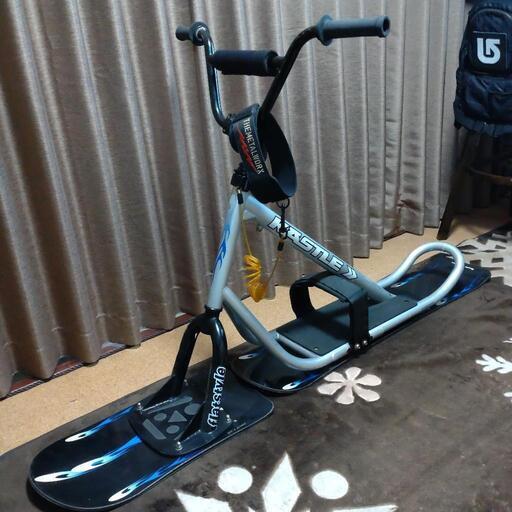
新入荷再入荷
[値下げ.即取引希望]☆安心の納車整備済み☆格安配送可☆比較的綺麗で好調ですよ!☆いい加速します!☆スズキ レッツ2 原付 50cc☆
 タイムセール
タイムセール
終了まで
00
00
00
999円以上お買上げで送料無料(※)
999円以上お買上げで代引き手数料無料
999円以上お買上げで代引き手数料無料
通販と店舗では販売価格や税表示が異なる場合がございます。また店頭ではすでに品切れの場合もございます。予めご了承ください。
商品詳細情報
| 管理番号 | 新品 :52602733 | 発売日 | 2024/09/04 | 定価 | 30,000円 | 型番 | 52602733 | ||
|---|---|---|---|---|---|---|---|---|---|
| カテゴリ | |||||||||
[値下げ.即取引希望]☆安心の納車整備済み☆格安配送可☆比較的綺麗で好調ですよ!☆いい加速します!☆スズキ レッツ2 原付 50cc☆
50cc 原付 レッツ2 です!正式な年式まではわかりませんが古い型の割に、大きな割れや傷もなく、使用に伴う傷は多少ございますが、全体的に綺麗な車両です!レッツ2ですので、出だしから十分な加速力です。乗り出しに必要な整備と点検を済ませてますので、好調に乗り出して頂けます!点検整備は下記を参考にして下さい!☆エンジン☆セル/キック 共に即始動!暖気後 アイドリング/吹き上がり,下がり 良好!☆軽整備☆・バッテリ新品交換!・リアタイヤ新品交換!・プラグ清掃!・前後ブレーキドラム内 分解清掃!・前後ブレーキ調整!・クランクケース内駆動系 分解清掃!・エアクリーナー内エアフィルター 分解清掃!(分解清掃では、エアダスター,パーツクリーナー,ウエス、等で清掃しております。)☆点検☆・タイヤ F5部山程/R新品 (目視にて主観残量)・ブレーキパッドorシュー F8部山程/R7部山程 (目視にて主観残量)・ヘッドライト (Hi / Lo) ◯・ウインカー (前後左右) ◯・ホーン ◯・テールランプ ◯・ストップランプスイッチ ◯・スピードメーター ◯現車確認も可能ですのでお問い合わせ下さい!実働車・不動車・事故車 なんでも下取り買取り可能です!兵庫県南部(姫路〜神戸西区)あたりの方でしたら、別途有料になりますが、めんどうな、ナンバー登録や自賠責保険の加入後にお渡しすることも可能です!引き渡し直後から乗れますので、大変便利です!是非お問い合わせ下さい!また、近畿四国中国の方は別途有料ですが輸送業者さんより安くで配達できますので、ぜひご利用下さい!点検整備してますが、中古車であることはご理解下さい!程度もよく絶好調です!通勤通学等にどうでしょう。ぜひご検討下さい!



![[値下げ.即取引希望]☆安心の納車整備済み☆格安配送可☆比較的綺麗で好調ですよ!☆いい加速します!☆スズキ レッツ2 原付 50cc☆](https://d1d7kfcb5oumx0.cloudfront.net/articles/images/5c6b8dd00183b062dd75cde5/thumb_0.jpg)
![[値下げ.即取引希望]☆安心の納車整備済み☆格安配送可☆比較的綺麗で好調ですよ!☆いい加速します!☆スズキ レッツ2 原付 50cc☆](http://www.suruga-ya.jp/database/images/no_photo.jpg)






















